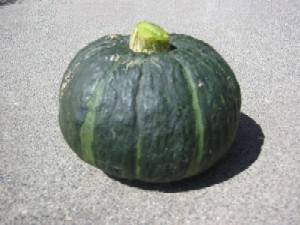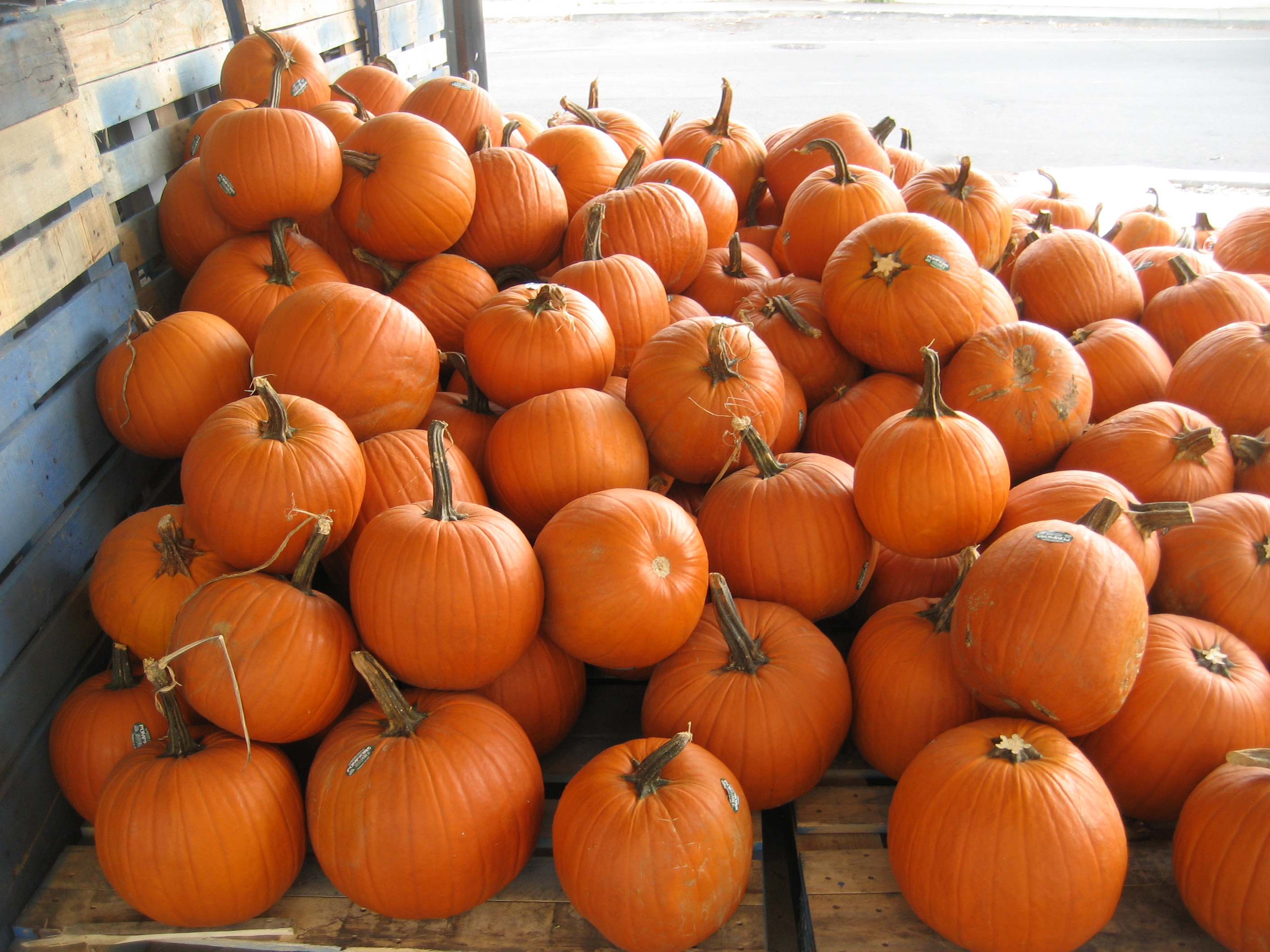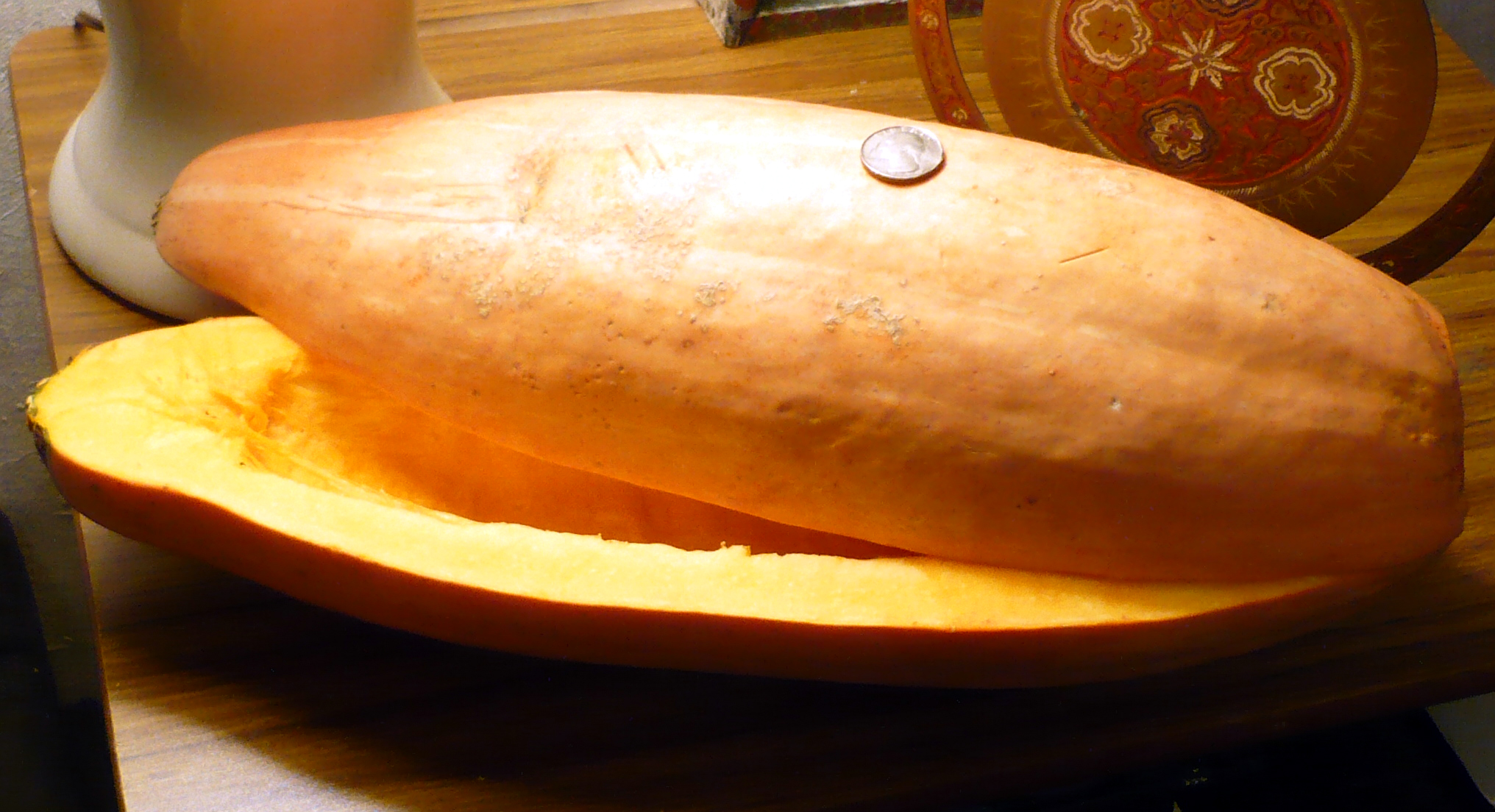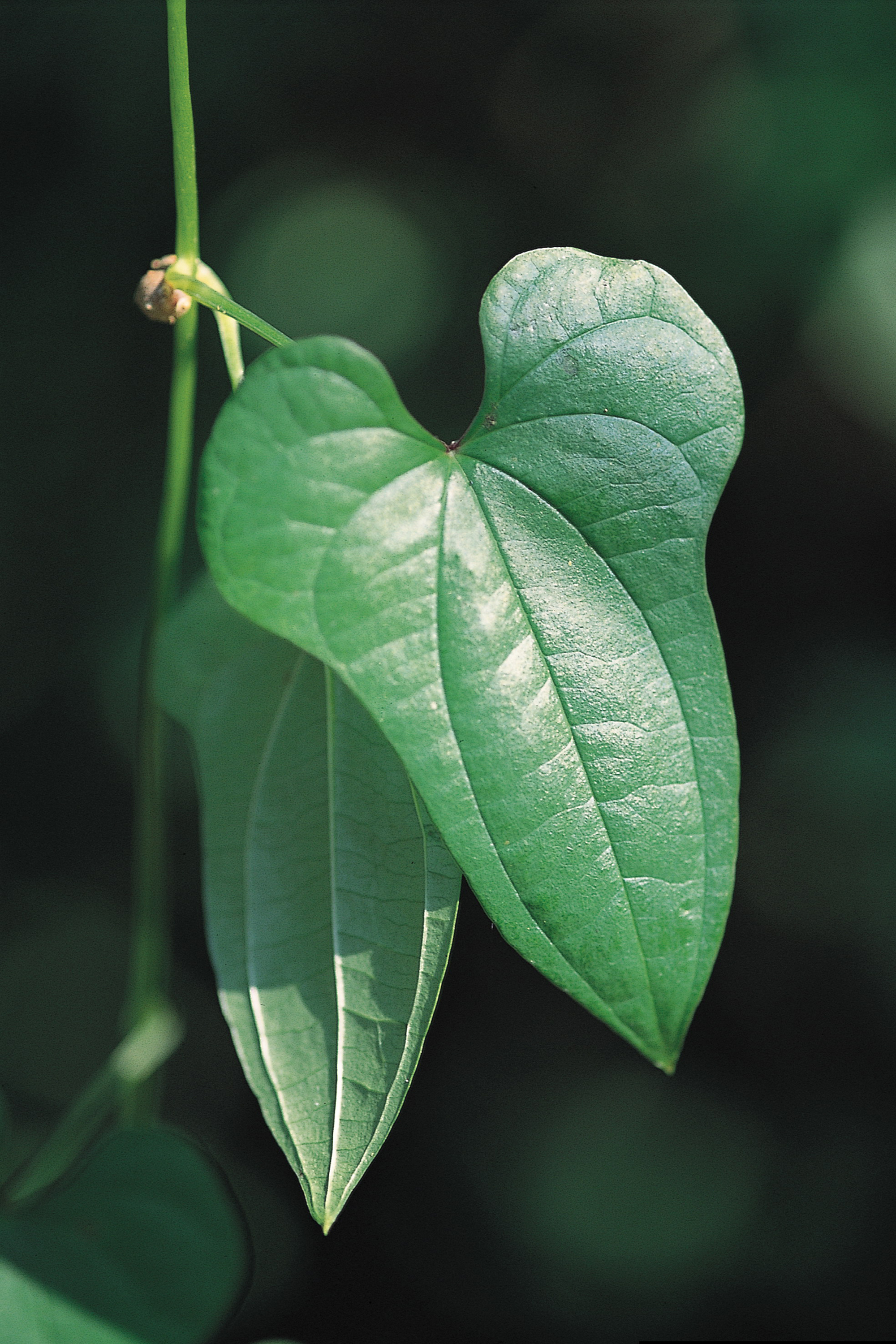|
Kabocha
Kabocha (; from Japanese language, Japanese , ) is a type of winter squash, a Japanese variety of the species ''Cucurbita maxima.'' It is also called kabocha squash or Japanese pumpkin in North America. In Japan, "''kabocha''" may refer to either this squash, to the Western pumpkin, or indeed to other squashes. In Australia, "Japanese pumpkin" is a synonym of Kent pumpkin, a variety of winter squash (''C. moschata''). Many of the kabocha in the market are ''kuri kabocha'', a type created from ''seiyo kabocha'' (buttercup squash). Varieties of kabocha include Ajihei, Ajihei No. 107, Ajihei No. 331, Ajihei No. 335, Ebisu, Emiguri, Marron d'Or and Miyako. Description Kabocha is hard on the outside with knobbly-looking skin. It is shaped like a squat pumpkin and has a dull-finished, deep-green skin with some celadon-to-white stripes and an intense yellow-orange color on the inside. In many respects it is similar to buttercup squash, but without the characteristic protruding "cup" o ... [...More Info...] [...Related Items...] OR: [Wikipedia] [Google] [Baidu] |
Pumpkin
A pumpkin is a cultivar, cultivated winter squash in the genus ''Cucurbita''. The term is most commonly applied to round, orange-colored squash varieties, but does not possess a scientific definition. It may be used in reference to many different squashes of varied appearance and belonging to multiple species in the ''Cucurbita'' genus. The use of the word "pumpkin" is thought to have originated in New England in North America, derived from a word for melon, or a native word for round. The term is sometimes used interchangeably with "Cucurbita, squash" or "winter squash", and is commonly used for some cultivars of ''Cucurbita argyrosperma'', ''Cucurbita ficifolia'', ''Cucurbita maxima'', ''Cucurbita moschata'', and ''Cucurbita pepo''. ''C. pepo'' pumpkins are among the oldest known domesticated plants, with evidence of their cultivation dating to between 7000 BCE and 5500 BCE. Wild species of ''Cucurbita'' and the earliest domesticated species are native to North America (p ... [...More Info...] [...Related Items...] OR: [Wikipedia] [Google] [Baidu] |
Cucurbita Maxima
''Cucurbita maxima'', one of at least five species of cultivated Squash (plant), squash, is one of the most diverse domesticated species. This species originated in South America from the wild subspecies ''Cucurbita maxima subsp. andreana'' over 4,000 years ago. ''Cucurbita maxima'', known for modern varieties as Hubbard, Delicious, Marblehead, Boston Marrow, and Turks Turban, originated in northern Argentina near the Andes or in certain Andean valleys. Secondary centers of diversity include India, Bangladesh, Myanmar, and the southern Appalachians. Different squash types of this species were introduced into North America as early as the 16th century. By the American Revolution, the species was in cultivation by Native American tribes throughout the present-day United States. By the early 19th century, at least three varieties are known to have been commercially introduced in North America from seeds obtained from Native Americans. Types Subspecies ''andreana'' , ''Cucurbi ... [...More Info...] [...Related Items...] OR: [Wikipedia] [Google] [Baidu] |
Korokke
Korokke (; ) is a Japanese deep-fried '' yōshoku'' dish originally related to a French dish, the croquette. Korokke is made by mixing cooked chopped meat, seafood, or vegetables with mashed potato or white sauce, usually shaped like a flat patty, rolling it in wheat flour, eggs, and Japanese-style breadcrumbs, then deep-frying this until brown on the outside. History In 1887, the French croquette was introduced to Japan. It is thought that the ''korokke'' using mashed potatoes was invented because dairy processing technology had not been popularized in Japan at that time. The first mention of a "''kuroketto''" appears in cookery books from the Meiji era. ''Korokke'' can be found in almost every supermarket and convenience store in Japan and enjoyed for its taste and its low cost. ''Korokke'' became associated with typhoons in the 2000s, after a user on 2channel said they were eating some to prepare for an approaching typhoon, beginning a tradition that persisted on ... [...More Info...] [...Related Items...] OR: [Wikipedia] [Google] [Baidu] |
Buttercup Squash
''Cucurbita maxima'', one of at least five species of cultivated squash, is one of the most diverse domesticated species. This species originated in South America from the wild subspecies ''Cucurbita maxima subsp. andreana'' over 4,000 years ago. ''Cucurbita maxima'', known for modern varieties as Hubbard, Delicious, Marblehead, Boston Marrow, and Turks Turban, originated in northern Argentina near the Andes or in certain Andean valleys. Secondary centers of diversity include India, Bangladesh, Myanmar, and the southern Appalachians. Different squash types of this species were introduced into North America as early as the 16th century. By the American Revolution, the species was in cultivation by Native American tribes throughout the present-day United States. By the early 19th century, at least three varieties are known to have been commercially introduced in North America from seeds obtained from Native Americans. Types Subspecies ''andreana'' , ''Cucurbita andreana'' ... [...More Info...] [...Related Items...] OR: [Wikipedia] [Google] [Baidu] |
Butternut Squash
Butternut squash (a variety of ''Cucurbita moschata''), known in Australia and New Zealand as butternut pumpkin or gramma, is a type of winter squash that grows on a vine. It has a Sweetness, sweet, Nut (fruit), nutty taste similar to that of a pumpkin. It has tan-yellow skin and orange fleshy pulp with a compartment of seeds in the blossom end. When ripening, the flesh turns increasingly deep orange due to its rich content of Β-Carotene, beta-carotene, a provitamin A compound. Although botanically a fruit (specifically, a Berry (botany), berry), butternut squash is used culinarily as a vegetable that can be Roasting, roasted, Sautéing, sautéed, puréed for Soup, soups such as squash soup, or mashed to be used in Casserole, casseroles, Bread, breads, Muffin, muffins, and Pie, pies. It is part of the same Squash plant, squash family as ponca, waltham, pumpkin, and calabaza. History The word ''squash'' comes from the Narragansett language, Narragansett word ''askutasquash'' ... [...More Info...] [...Related Items...] OR: [Wikipedia] [Google] [Baidu] |
Dioscorea Polystachya
''Dioscorea polystachya'' or Chinese yam ( zh, s=山药, t=山藥), also called cinnamon-vine, is a species of flowering plant in the yam family. It is sometimes called Chinese potato or by its Korean name ''ma''. It is also called huaishan in Mandarin and wàaih sāan in Cantonese. It is a perennial climbing vine, native to East Asia. The edible tubers are cultivated largely in East Asia and sometimes used in alternative medicine. This species of yam is unique as the tubers can be eaten raw. Range This plant grows throughout East Asia. It is believed to have been introduced to Japan in the 17th century or earlier. Introduced to the United States as early as the 19th century for culinary and cultural uses, it is now considered an invasive plant species. The plant was introduced to Europe in the 19th century during the European Potato Failure, where cultivation continues to this day for the contemporary East Asian food market. Taxonomy The botanical names ''Dioscorea ... [...More Info...] [...Related Items...] OR: [Wikipedia] [Google] [Baidu] |
Vigna Angularis
''Vigna angularis'', also known as the , azuki bean, aduki bean, red bean, or red mung bean, is an annual vine widely cultivated throughout East Asia for its small (approximately long) bean. The cultivars most familiar in East Asia have a uniform red color, but there are white, black, gray, and variously mottled varieties. Scientists presume ''Vigna angularis'' var. ''nipponensis'' is the progenitor. Origin and diversity Speciation and domestication The wild ancestor of cultivated adzuki bean is probably ''Vigna angularis'' var. ''nipponensis'', which is distributed across East Asia. Speciation between ''Vigna angularis'' var. ''nipponensis'' and ''Vigna angularis'' var. ''angularis'' occurred around years ago. Wild adzuki likely originated near the Himalayas and spread naturally to central China and Japan. Archaeologists estimate it was domesticated around 3000 BC. However, adzuki beans, as well as soybeans, dating from 3000 BC to 2000 BC are indicated to still be lar ... [...More Info...] [...Related Items...] OR: [Wikipedia] [Google] [Baidu] |
Ziziphus Jujuba
Jujube (UK ; US or ), sometimes jujuba, scientific name ''Ziziphus jujuba'', and also called red date, Chinese date, and Chinese jujube, is a species in the genus '' Ziziphus'' in the buckthorn family Rhamnaceae. It is often confused with the closely related Indian jujube, '' Z.mauritiana''. The Chinese jujube enjoys a diverse range of climates from temperate to tropical, whereas the Indian jujube is restricted to warmer subtropical and tropical climates. Description It is a small deciduous tree or shrub reaching a height of , usually with thorny branches. The leaves are shiny-green, ovate-acute, long and wide, with three conspicuous veins at the base, and a finely toothed margin. The flowers are small, wide, with five inconspicuous yellowish-green petals. The fruit is an edible oval drupe deep; when immature it is smooth-green, with the consistency and taste of an apple with lower acidity, maturing brown to purplish-black, and eventually wrinkled, looking like a sma ... [...More Info...] [...Related Items...] OR: [Wikipedia] [Google] [Baidu] |
Juk (food)
Congee ( , derived from Tamil ), is a form of savoury rice porridge made by boiling rice in a large amount of water until the rice softens. Depending on rice–water ratio, the thickness of congee varies from a Western oatmeal porridge to a gruel. Since the history of rice cultivation in Asia stretches back to the Baiyue-inhabited lower Yangtze circa 10,000 BC, congee is unlikely to have appeared before that date. Congee is typically served with side dishes, or it can be topped with meat, fish, and pickled vegetables. Vivid experiences of eating or delivering thin congee as wartime or famine food often feature in diaries and chronicles. In some cultures, congee is eaten primarily as a breakfast food or late supper; some may also eat it as a substitute for rice at other meals. It is often considered suitable for the sick as a mild, easily digestible food. Etymology The popular English name ''congee'' derives from the Tamil word (''kañci''). The Portuguese adopted the ... [...More Info...] [...Related Items...] OR: [Wikipedia] [Google] [Baidu] |
Thai Cuisine
Thai cuisine (, , ) is the national cuisine of Thailand. Thai cooking places emphasis on lightly prepared dishes with aromatics and spicy heat. The Australian chef David Thompson (chef), David Thompson, an expert on Thai food, observes that unlike many other cuisines, Thai cooking is "about the juggling of disparate elements to create a harmonious finish. Like a complex musical chord it's got to have a smooth surface but it doesn't matter what's happening underneath. Simplicity isn't the dictum here, at all." Traditional Thai cuisine loosely falls into four categories: ''tom'' (boiled dishes), ''yam'' (spicy salads), ''tam'' (pounded foods), and ''kaeng'' (curries). Deep-frying, stir-frying and steaming are methods introduced from Chinese cuisine. In 2011, seven Thai dishes appeared on a list of the "World's 50 Best Foods", an online poll of 35,000 people worldwide by ''CNN Travel''. Thailand had more dishes on the list than any other country: tom yum kung (4th), pad thai (5 ... [...More Info...] [...Related Items...] OR: [Wikipedia] [Google] [Baidu] |








